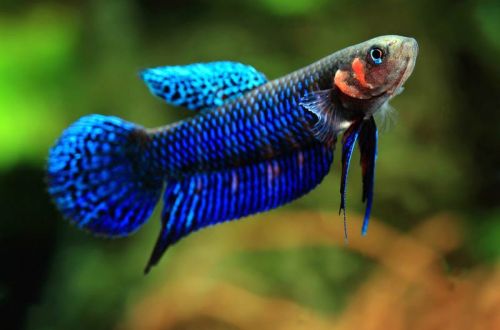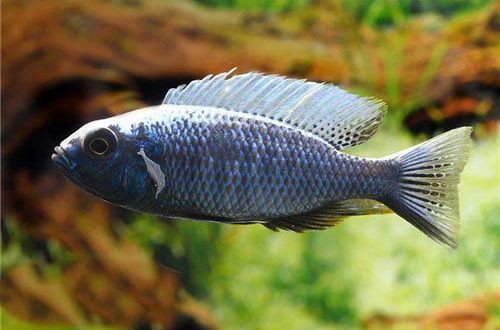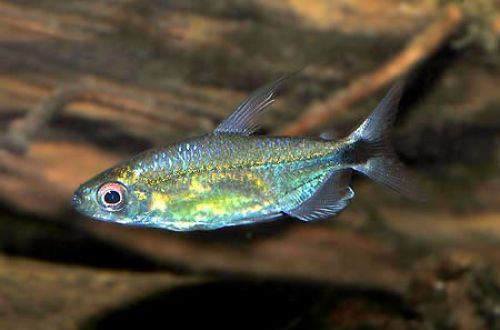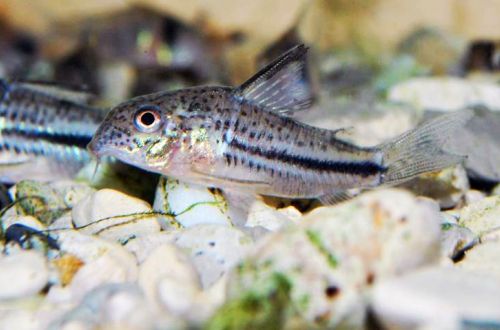
Betta Hendra
Betta Hendra or Cockerel Hendra, scientific name Betta hendra, belongs to the Osphronemidae family. The fish are named after naturalist Hendra Tommy from Indonesia, who first discovered this species. A rare guest in home aquariums, which is explained by not simple content and limited supply.

Contents
Habitat
It comes from Southeast Asia from the Indonesian part of the island of Borneo. It is endemic to wetland forests in the Sebangau National Park, located in the province of Central Kalimantan, 3 kilometers from its capital, Palankaraya. The swamps are fed by streams from the Sungai Sabangau Basin and tropical rainfall. A typical biotope is a dimly lit reservoir, the bottom of which is littered with plant debris from leaves, twigs and snags. Due to the high concentration of humic acids and other tannins formed as a result of the decomposition of organic matter, the water has acquired a rich brown color. The water level is irregular, the depth varies from 5 to 50 cm, and sometimes the reservoirs become very shallow, leaving the fish in shallow puddles for several weeks.
Brief information:
- The volume of the aquarium – from 40 liters.
- Temperature – 22-27°C
- Value pH — 4.0–6.5
- Water hardness – 1–5 dGH
- Substrate type – any dark
- Lighting – subdued
- Brackish water – no
- Water movement – little or no
- The size of the fish is 3–4 cm.
- Food – any food
- Temperament – peaceful
- Content – in pairs, groups and together with other species
Description
Adult individuals reach a length of 3–4 cm. Outwardly, it resembles the Forsh Cockerel, which indicates their close relationship. Males are larger and have more intense coloration. Depending on the conditions of detention, the colors can vary from bright to dark blue. On the operculum there are characteristic red markings. During the breeding season, turquoise hues appear. Females look completely different, gray colors predominate in their coloration, and the pattern consists of rows of dark stripes.
Food
In nature, they feed on small insects and other invertebrates. Acclimatized fish have adapted to accept alternative foods. The basis of the diet can be dry food in combination with live or frozen daphnia, brine shrimp, bloodworms, fruit flies, mosquito larvae, etc. Specialized food for Bettas produced by many manufacturers will be a good choice.
Maintenance and care, arrangement of the aquarium
The optimal size of an aquarium for a couple or a group of fish starts from 40 liters. Successful maintenance of Betta Hendra is possible in conditions reminiscent of its natural habitat – this is both the right design and the appropriate hydrochemical composition of the water. The fish will look most harmoniously in low light among snags and shade-loving plants against the background of dark soil, littered with a layer of leaves of some trees. The latter serve not only as part of the design, but also as a means of saturating the water with tannins present in natural reservoirs. Read more in the article “Which tree leaves can be used in an aquarium.”
It is important to ensure very low pH/dGH values and keep them within the acceptable range. Stable conditions are achieved due to the regular maintenance of the aquarium (removal of waste, replacement of part of the water with fresh water), as well as the smooth operation of equipment, primarily the filtration system.
Other aspects that need to be taken into account are a warm, moist layer of air above the surface of the water and the absence of a strong current. The first depends on the presence of a cover, the second on the type and model of filters – they are the main reason for the movement of water.
Behavior and Compatibility
Belongs to the group of fighting fish. Males compete with each other for position in the internal hierarchy and the attention of females, but rivalry rarely leads to injury. However, in a small aquarium it is still worth limiting yourself to one male, which can be accompanied by one or more females and other non-aggressive species of comparable size.
Breeding / breeding
If the fish are in a favorable environment and receive a balanced diet, then the probability of spawning increases many times over. An obvious signal for the start of the breeding season will be a change in the color of males – turquoise hues will appear, and the construction of a nest near the surface of the water or in some kind of shelter, consisting of air bubbles and plant debris.
The spawning process is accompanied by the hugs of the male and female, and at the moment of culmination, eggs are released. All fertilized eggs are picked up and transferred to the nest. In total, there can be from 20 to 50 eggs in a clutch. The incubation period lasts 24-72 hours. The hatched fry remain in the clutch for a few more days. All this time, the male takes care of the offspring, picking up those who accidentally detach from the nest.
When they begin to swim freely, the parents lose interest in them, but at the same time they will not try to eat their own brood, unlike other neighboring fish.
Fish diseases
The cause of most diseases is unsuitable conditions of detention. A stable habitat will be the key to successful keeping. In the event of symptoms of the disease, first of all, the quality of the water should be checked and, if deviations are found, measures should be taken to correct the situation. If symptoms persist or even worsen, medical treatment will be required. Read more about symptoms and treatments in the Aquarium Fish Diseases section.





